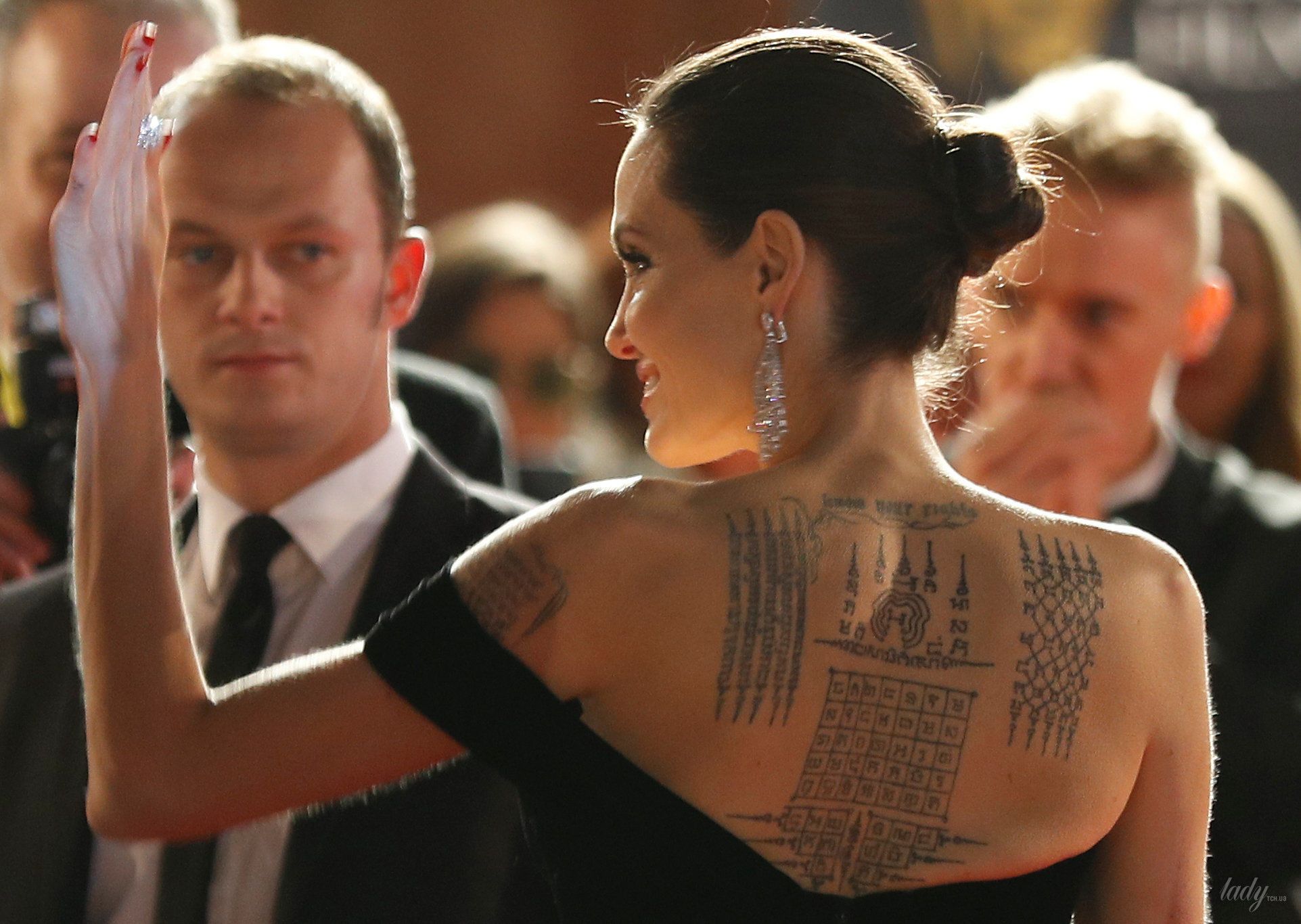Blog
Exactly what’s Intersectionality? Let These Scholars Give An Explanation For Theory and its particular History
W omen’s History has been observed in the United States in March for decades, its date unchanging month. But since this thirty days draws to a detailed, it’s worth noting that the ladies whoever tales comprise that history have actually changed.
The movement to expand feminism beyond the provincialism of main-stream discourse happens to be with its sixth ten years. One destination where that modification is obvious has reached the Feminist Freedom Warriors Project (FFW) at Syracuse University, the brainchild of transnational feminist scholars Linda E. Carty and Chandra Talpade Mohanty. Their 2015 study of transnational feminism ended up being the inspiration for FFW, a first-of-its-kind electronic movie archive dedicated to the battles of women of the international Southern (Africa, India and Latin America) and North (U.S., Canada, Japan). “FFW is just a project about cross-generation records of feminist activism,” its founders, Carty and Mohanty, stated in a message, “addressing financial, anti-racist, social justice dilemmas across nationwide borders.”
These scholar-activists crisscrossed state and nationwide edges to take part in “kitchen dining dining table conversations” with 28 distinguished feminists which range from Beverly Guy-Sheftall to Angela Y. Davis, to create together the stories of “these sister-comrades whose a few ideas  , terms, actions and visions of” financial and justice that is social to encourage us to keep on keeping in.” These ladies are representative for the trailblazers and torchbearers whom challenged the main-stream wisdom of mainstream United states feminism that came from the 1960s and вЂ70s.
, terms, actions and visions of” financial and justice that is social to encourage us to keep on keeping in.” These ladies are representative for the trailblazers and torchbearers whom challenged the main-stream wisdom of mainstream United states feminism that came from the 1960s and вЂ70s.
Key to that particular challenge had been the thought of intersectionality, an idea that stays confusing for some despite steadily awareness that is growing of.
Mainstream twentieth century United states feminism — led by individuals like Betty Friedan, a co-founder for the nationwide Organization for females (NOW) and bestselling composer of The Feminine Mystique, and influenced by the concept that “the personal is political” — made individuals over the country reconsider problems like gender variety in greater training and reproductive rights. But that feminism ended up being also in serious need of variety, because it had been on the basis of the cultural and historic experiences of center- and upper-class heterosexual white ladies. Consequently, problems of battle, course, sexuality and ableism had been ignored. (Also ignored had been dilemmas of immigration, that are individual and governmental to Carty, a Canadian of Caribbean descent, and Mohanty, from Asia.)
Therefore, through the 1970s, black colored feminist scholar-activists, a wide range of who had been additionally LGBTQ, developed theoretical frameworks to act as a model for any other females of color, to broaden definition that is feminism’s scope. Through the entire last years for the twentieth as well as the very first ten years regarding the twenty-first hundreds of years, females of color posted many groundbreaking works that highlighted these characteristics. In doing this, they revealed the interlocking systems that comprise women’s everyday lives.
The idea of the systems became referred to as intersectionality, a term popularized by law teacher Kimberlé Crenshaw. Inside her 1991 article “Mapping the Margins,” she explained exactly just how those who are “both ladies and individuals of color” are marginalized by “discourses which can be shaped to answer one identity or perhaps one other,” in place of both.
“All of us reside complex lives that want a deal that is great of for survival,” Carty and Mohanty stated in a message. “What which means is that we have been really living in the intersections of overlapping systems of privilege and oppression.”
To just take an illustration, they explain, consider an LGBT African-American woman and a heterosexual white girl who’re both class that is working. They “do perhaps not feel the exact exact exact same quantities of discrimination, even if they have been working inside the exact same structures which could see them as bad,” Carty and Mohanty explained, because one could experience homophobia and racism during the time that is same. Whilst the other may experience gender or class discrimination, “her whiteness will usually protect and protect her from racism.”
Failing continually to acknowledge this complexity, scholars of intersectionality argue, is failing woefully to acknowledge truth.
Marie Anna Jaimes Guerrero poignantly highlights the significance of intersectionality or “indigenisms” for American Indigenous ladies in an essay in Mohanty’s book Feminist Genealogies, Colonial Legacies, Democratic Futures. “Any feminism that doesn’t address land liberties, sovereignty, together with state’s erasure that is systemic of social techniques of indigenous peoples,” states Guerrero, “is restricted in eyesight and exclusionary in practice.”
The FFW movie archive as well as its companion book, Feminist Freedom Warriors: Genealogies, Justice, Politics, and Hope, chronicle the years very very long scholar-activism for an even more expansive and feminism that is inclusive and which includes women’s history. “Genealogies are essential,” say the FFW founders, “because our company is created by our records and contexts.” But they’re also, they do say, inspired by giving an ongoing solution for everyone feminists into the future.
“The core of intersectionality then,” they do say, “is coming to understand that every females usually do not share the exact same quantities of discrimination simply because these are generally women.” FWW is the “deep dedication to gender justice in every of their complexity that is intersectional.
Modification, March 29
The initial form of this tale included a photograph caption that misstated the photographer’s name. It really is Kim Powell, perhaps perhaps not Taveeshi Singh.
Historians’ perspectives how the past notifies the current
Posteado en: review


